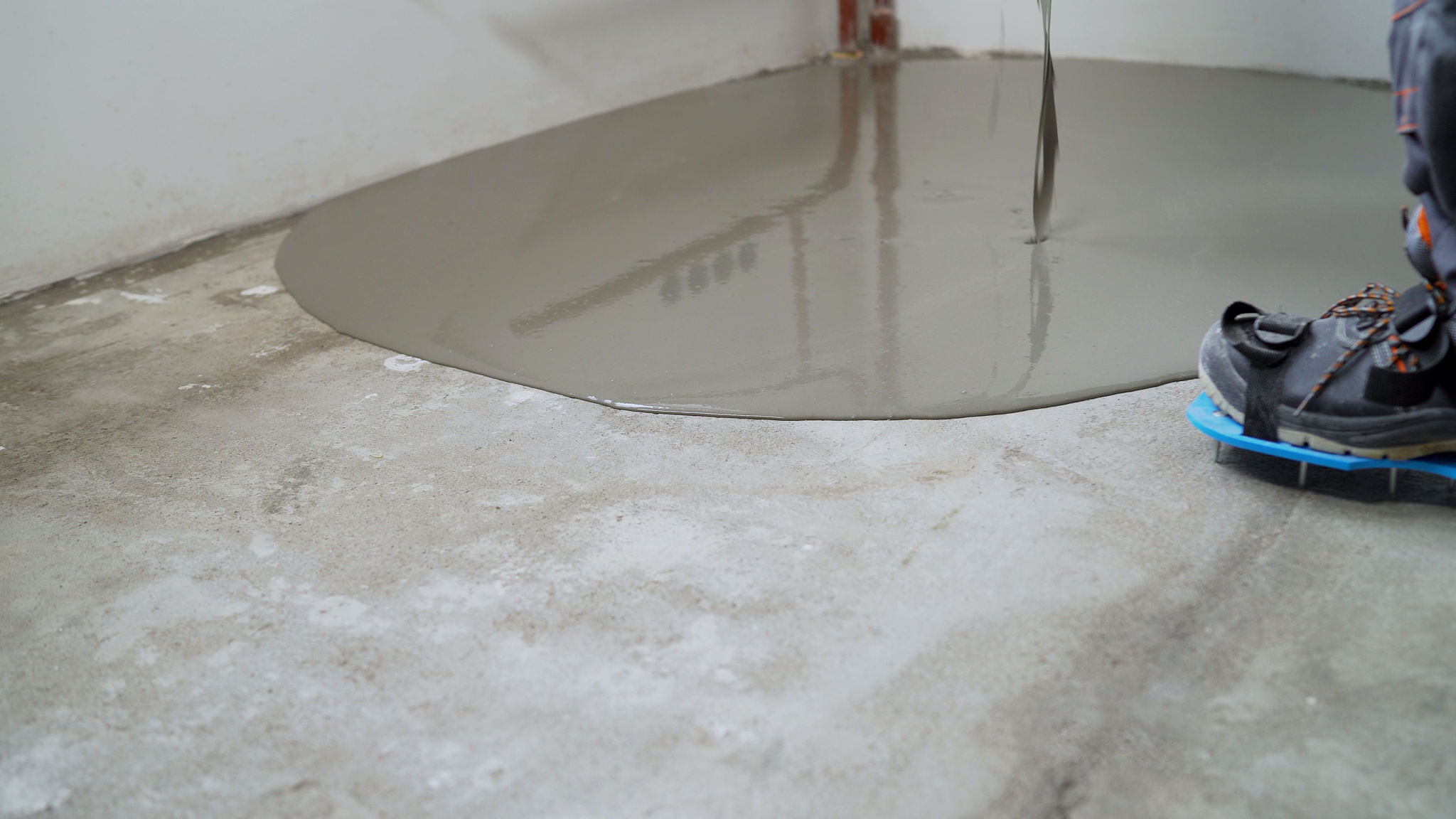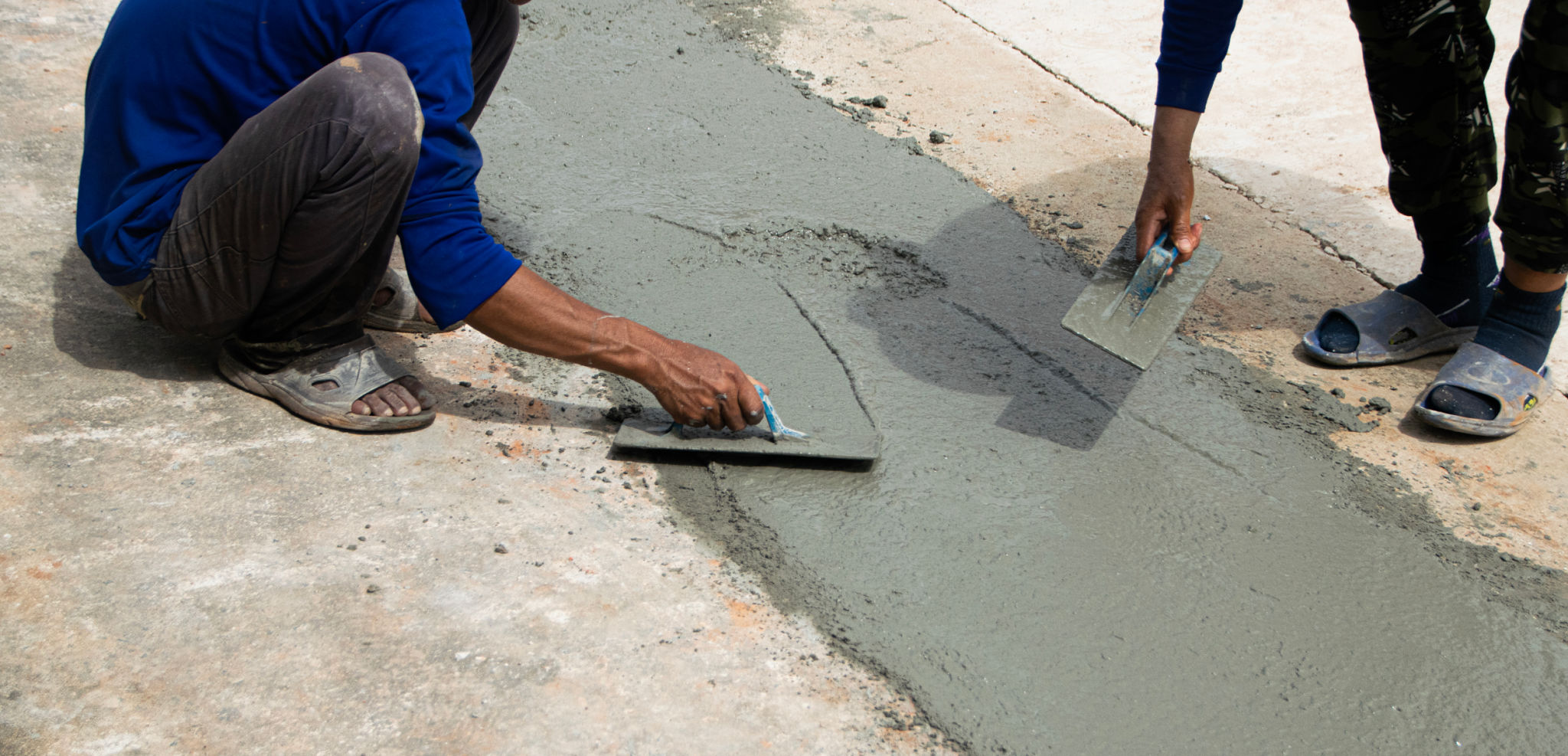The Ultimate Guide to Concrete Pouring in Silt: Tips and Tricks
Understanding the Basics of Concrete Pouring
Concrete pouring is an essential process in construction, providing strong, durable surfaces for various structures. In areas like Silt, where soil conditions may vary, understanding the intricacies of concrete pouring is crucial. This guide will offer you valuable tips and tricks to ensure a successful pour every time.

Essential Tools and Materials
Before starting any concrete pour, it's important to gather the right tools and materials. You will need:
- A concrete mixer or mixing truck
- Measuring tools such as a level and tape measure
- Concrete forms to shape your pour
- Finishing tools like trowels and brooms
- Safety gear including gloves and goggles
Having these on hand ensures that your project will proceed smoothly from start to finish.
Preparing the Site
Proper site preparation is key to a successful concrete pour. Begin by clearing the area of debris and ensuring a stable foundation. In Silt, this often involves addressing any uneven ground or loose soil conditions. Use compactors to create a solid base, which will help prevent cracking and settling over time.

The Importance of Formwork
Formwork is essential for shaping and supporting the concrete until it sets. Use sturdy lumber or prefabricated metal forms to outline the desired area. Secure the forms firmly in place to avoid shifting during the pour. Good formwork not only shapes the concrete but also ensures a smooth finish.
Pouring and Leveling the Concrete
Once your site is prepared and forms are set, it's time to pour the concrete. Pour evenly, starting from one corner and working your way across the form. To avoid air pockets, use a vibrator or tamper to settle the concrete. After pouring, use a screed to level the surface, ensuring even thickness throughout.

Finishing Touches
After leveling, it's time to finish the surface. Use a trowel for a smooth finish or a broom for a textured surface that provides better traction. Depending on the weather, you may need to mist the surface with water to prevent cracking during the curing process.
Curing Your Concrete
Proper curing is vital for the strength and durability of your concrete. In Silt's climate, it's important to keep the surface moist for at least a week after pouring. Covering with plastic sheeting or using a curing compound can help retain moisture and ensure even drying.
Common Mistakes to Avoid
Even seasoned professionals can make mistakes when pouring concrete. Common pitfalls include:
- Poor site preparation leading to uneven settling
- Inadequate mixing resulting in weak spots
- Skipping the curing process, leading to cracks
Avoid these errors by following best practices and paying attention to detail.
Maintaining Your Concrete Surface
Once your concrete has cured, maintaining its appearance and integrity is important. Regularly clean the surface to remove dirt and debris. Sealants can be applied annually to protect against moisture and wear.

By following these tips and tricks, you can achieve a successful concrete pour in Silt, creating durable and aesthetically pleasing surfaces for any project.